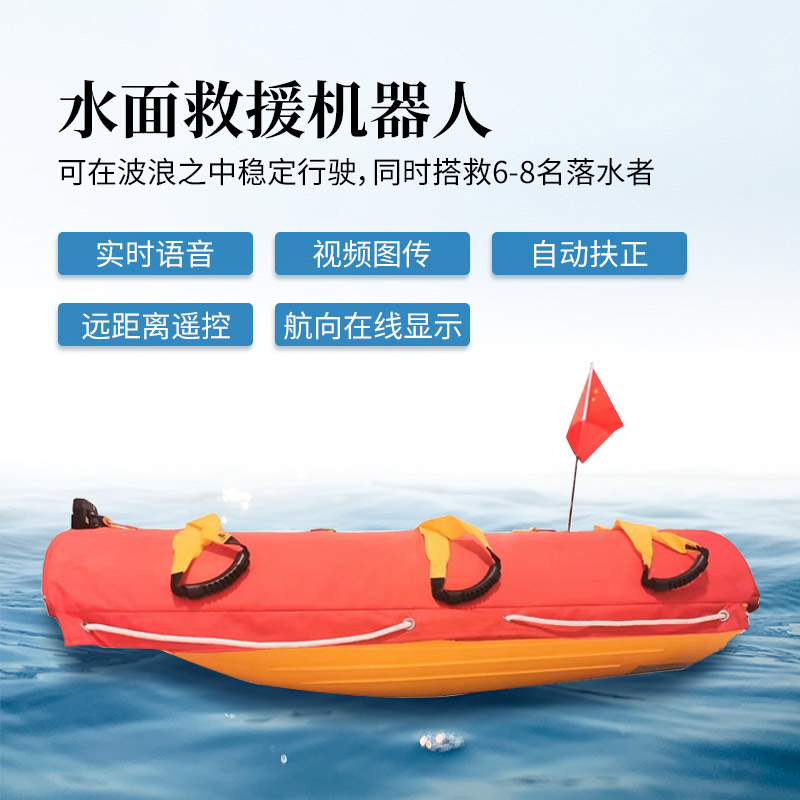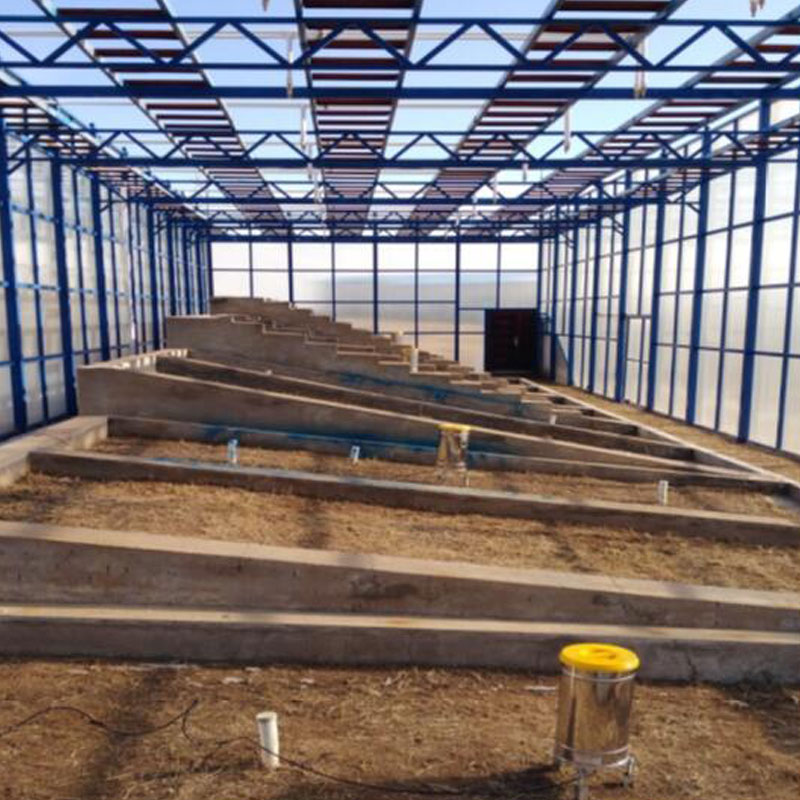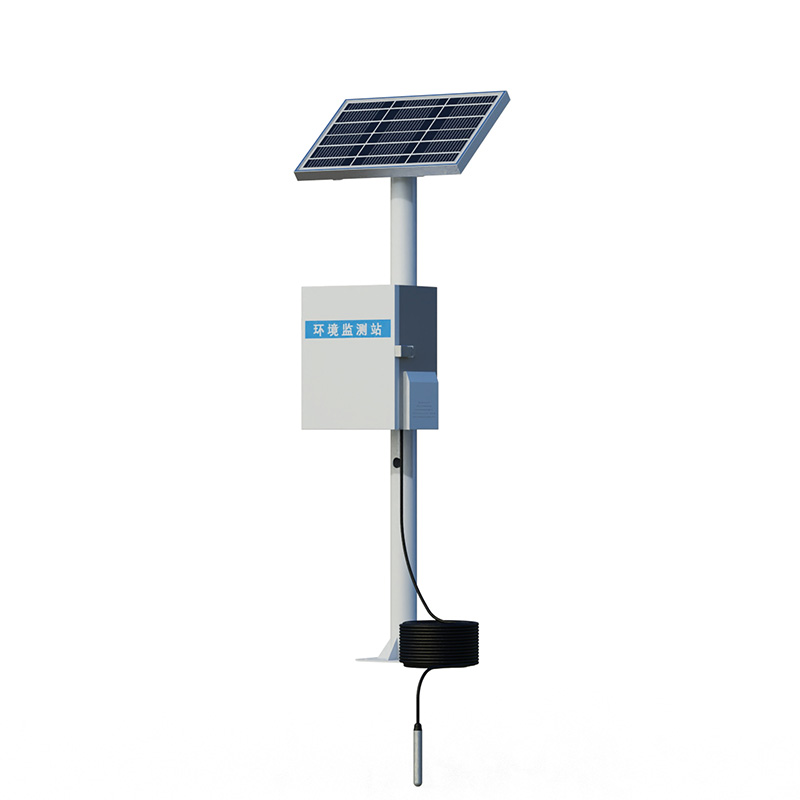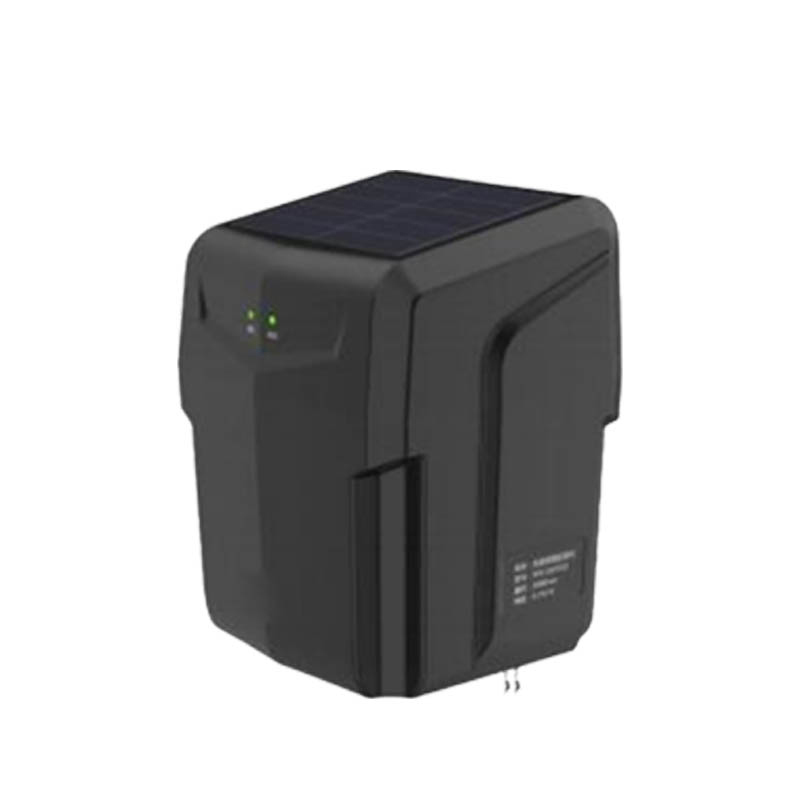In water rescue, every second counts for life and death. Beneath the seemingly calm water surface, undercurrents can swallow drowning victims at any moment, bone-chilling cold rapidly drains physical strength, and hidden reefs, vortices, and waterweeds underwater are deadly killers. In the past, rescuers could only grit their teeth and jump into turbulent currents, struggling to approach trapped persons in the waves. A slight carelessness could sweep rescuers away by undercurrents, putting both rescuers and the trapped in enormous risk with this life-threatening rescue method.
The advent of the Remote Controlled Lifebuoy has reduced risks in water rescue. Shaped like a large surfboard, this device features a slightly upturned front end to steadily support drowning victims. Two propellers at the tail, hidden behind protective grilles, spin at high speed when powered, pushing the winged craft through waves like an arrow off a string. Its orange-red shell is pasted with reflective strips, ensuring visibility in dim environments.
Compared with traditional rescues where rescuers jumped into water, the greatest change of the winged craft is keeping rescuers away from danger. At flood sites, firefighters stand on safe dams, controlling the craft with a remote control to quickly reach people trapped on reefs. Drowning victims grab the anti-slip handles on both sides of the craft, and firefighters can pull them safely back to shore by pressing the remote control. This approach essentially protects rescuers.
Time is a major challenge in water rescue. The survival time of drowning persons in water is extremely limited, generally ranging from minutes to tens of minutes, requiring rescue operations to be carried out against the clock. Traditional rescue methods involve rescuers jumping into water, which not only requires excellent swimming skills and strong physical fitness but also severely limits rescue efficiency when facing multiple drowning persons or distant targets. Rescuers may exhaust significant energy on the way, compromising their safety and rescue capability upon arrival, or even leading to tragedies where both rescuers and drowning victims fall into danger.
The winged craft has a speed advantage, running more than three times faster than professional lifeguards. It dashes like a small speedboat on open water and turns flexibly in narrow channels. During actual combat drills by fire brigades, the craft rescued three drowning persons consecutively within 12 minutes in a river filled with debris, far exceeding traditional rescue efficiency.
Operating the winged craft is also easy to master. Newly recruited firefighters can proficiently handle it after half a day of practice. The remote control features a reasonable button layout, making functions like acceleration and hovering easy to use. Some models even have practical navigation functions—marking the drowning point on the screen allows it to drive toward the target independently.
Such devices have diverse functions, not only transporting people but also serving as mobile rescue stations. Hooks on the craft's side can hang buoyancy ropes and first-aid kits, while front grooves can temporarily secure stretchers.

This paper addresses:https://www.fengtusz.com/industry/772.html









